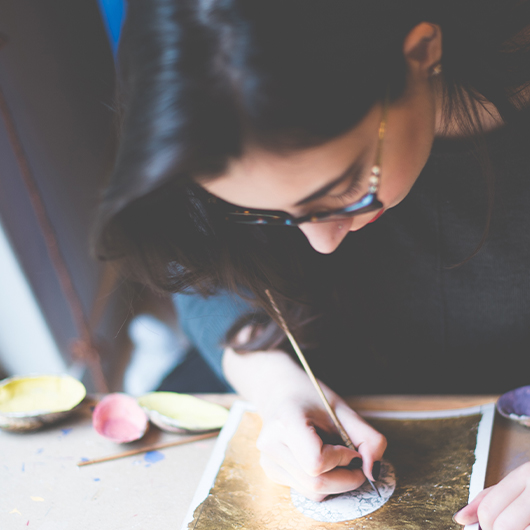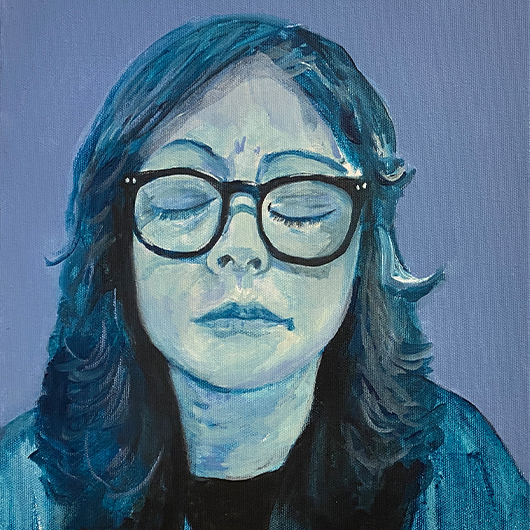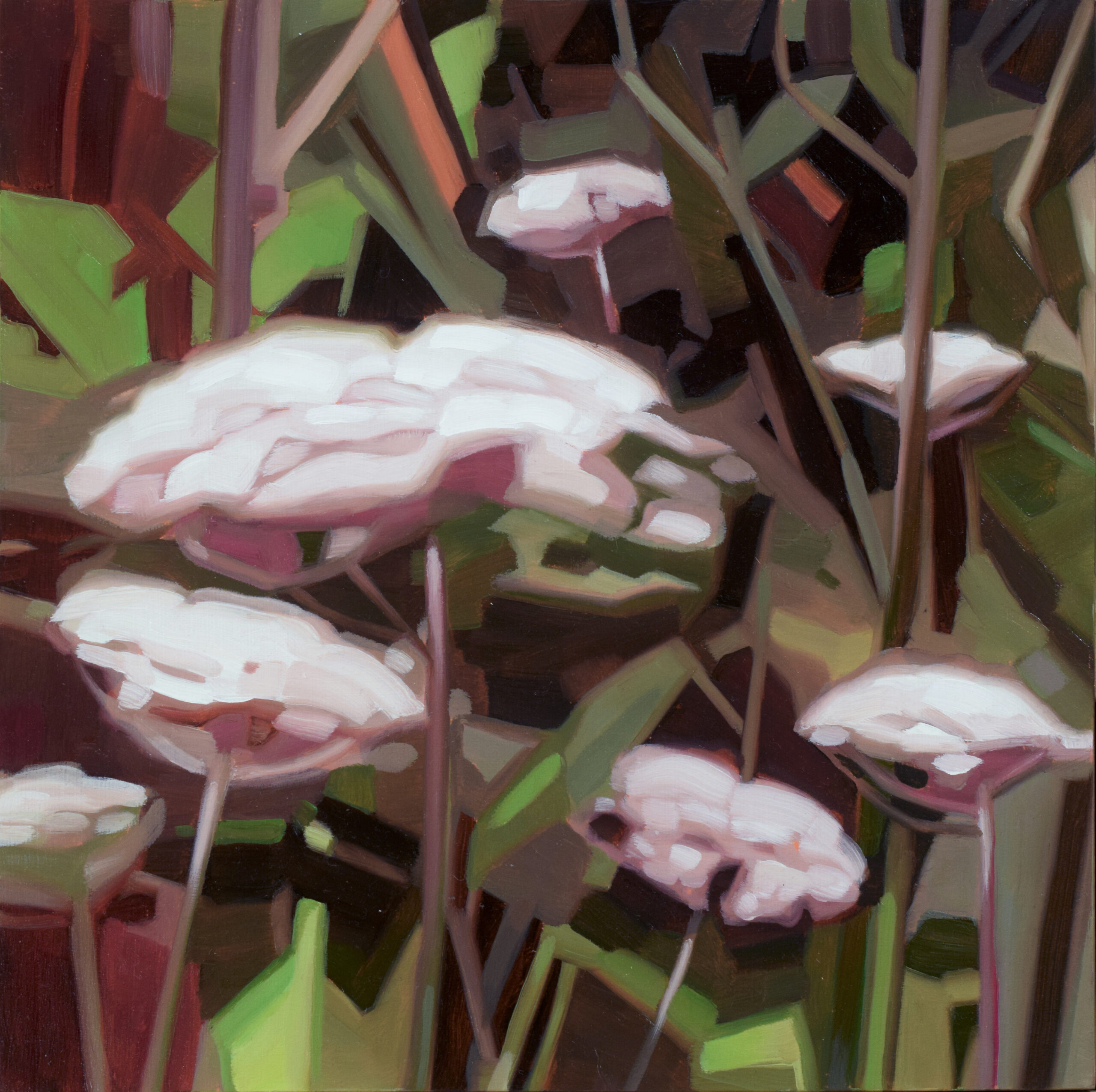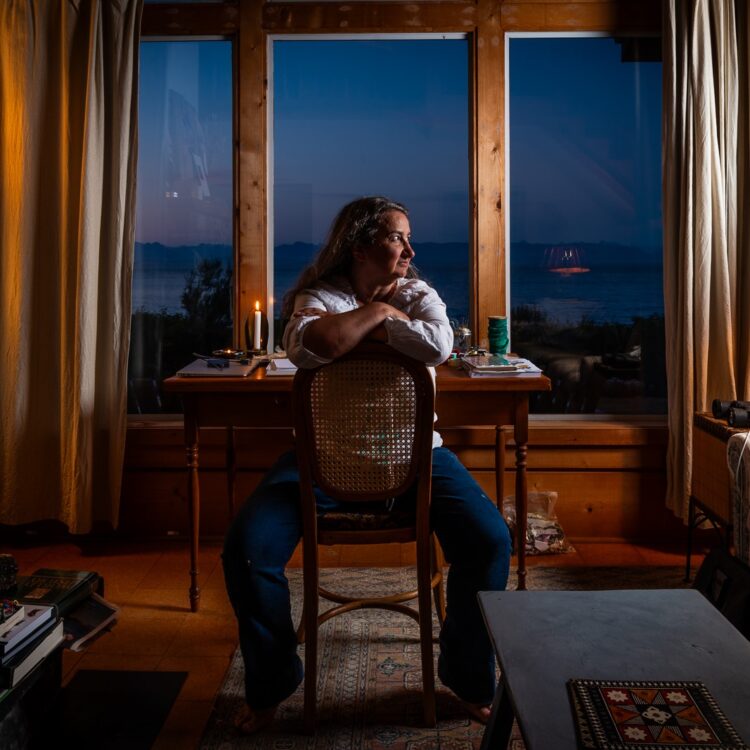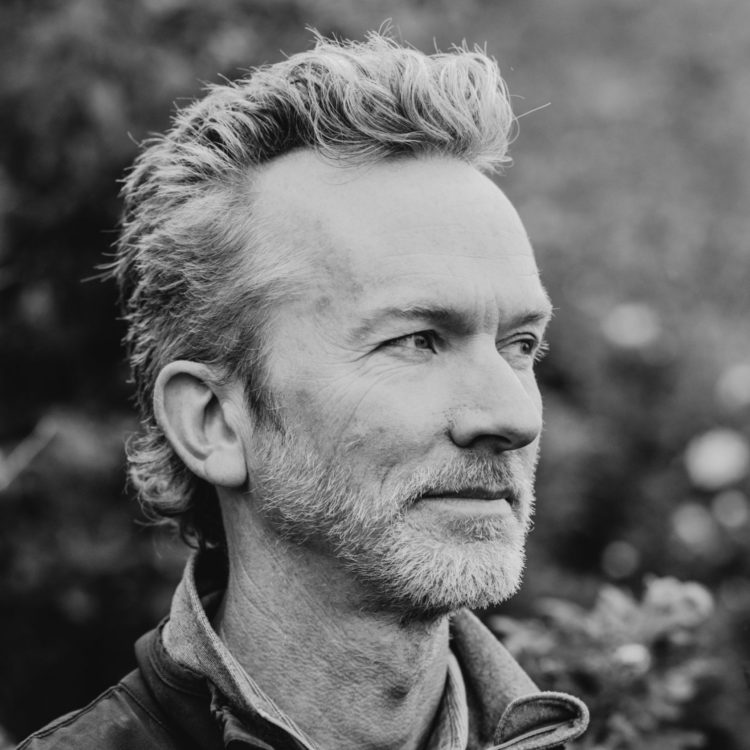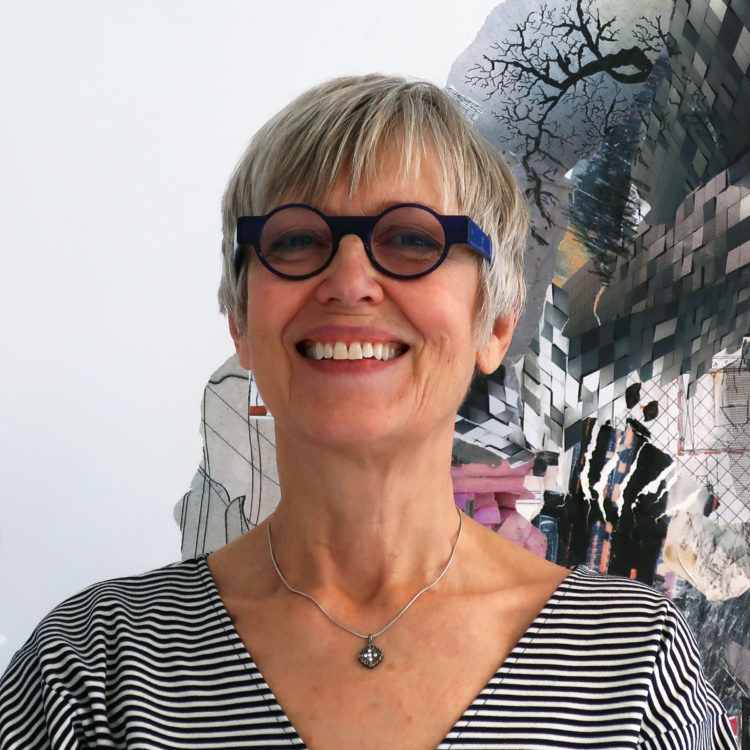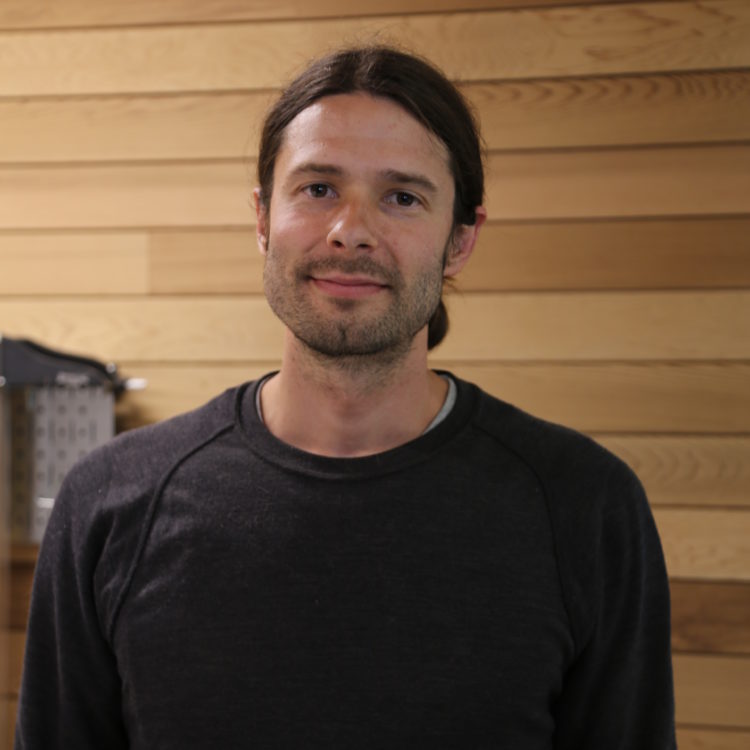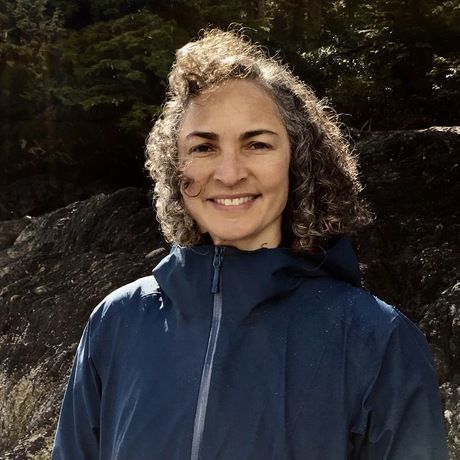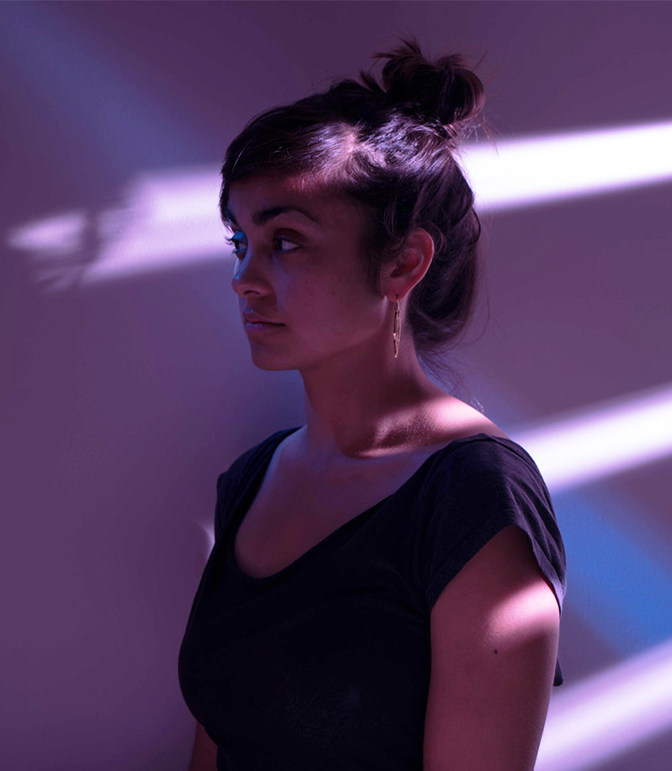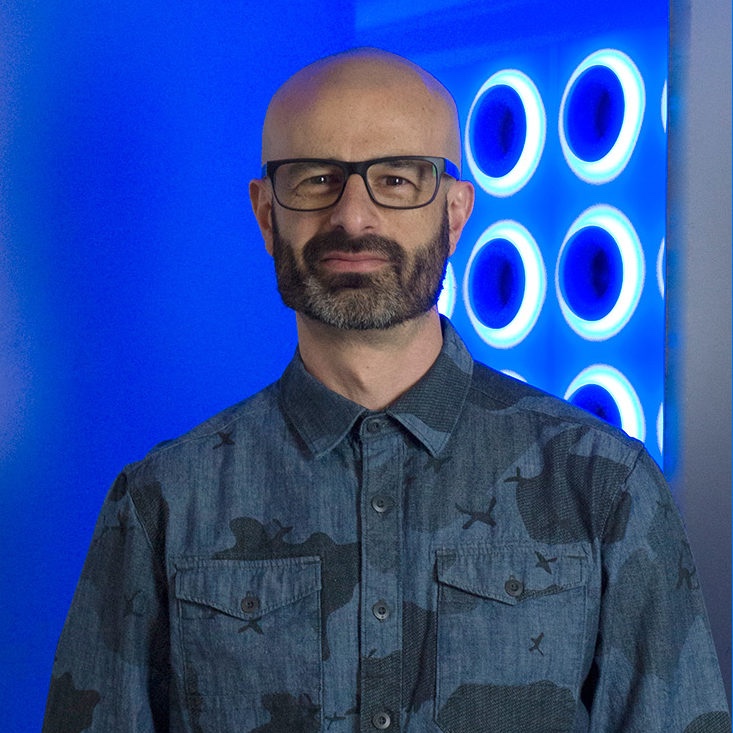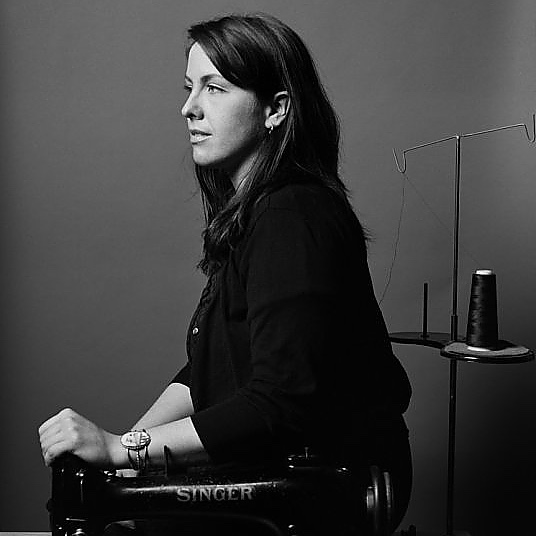James Harry
Just in Time
March – May 2025
Location
Vancouver
James Nexw’Kalus-Xwalacktun Harry is a visual artist focused on contemporary Coast Salish art with an emphasis on land-based gestures and art in the public realm. Born to a family of artists, James learned Indigenous stories, Salish design, and carving from his father, Xwalacktun, a master carver of the Sḵwx̱wú7mesh Nation. He has a BFA from Emily Carr University of Art + Design.

In his work, James explores how Coast Salish philosophy allows for a transcendence of time, creating a shared experience that bridges the past, present, and future. This exploration aims to establish a flow of reciprocity and knowledge across these temporal boundaries.
For his residency, James proposed to produce a land-based work that would feel expansive, even at a model scale, and connect us to the land and the natural world while pointing to something greater than ourselves—something intangible, yet deeply believed to be present.
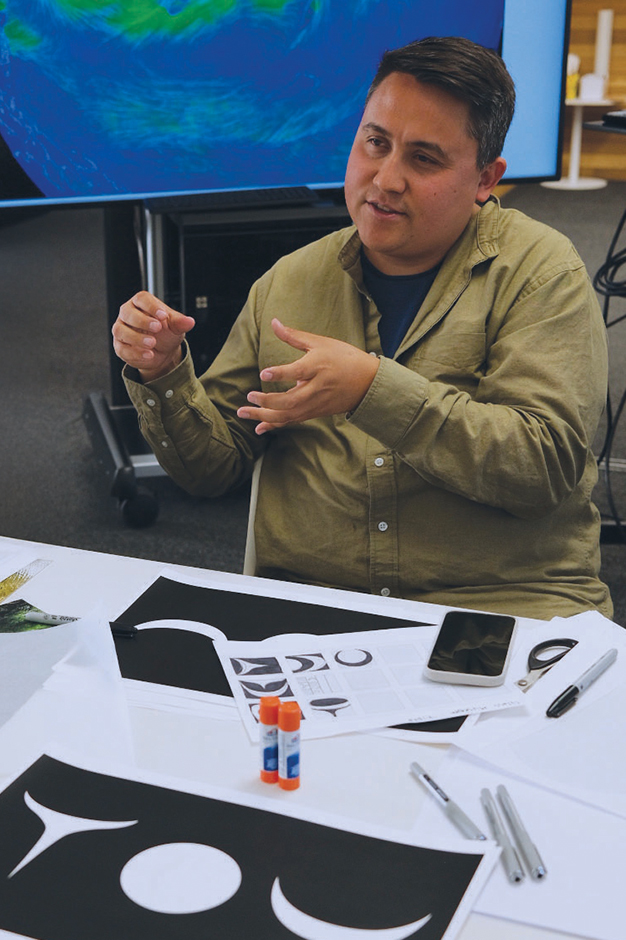
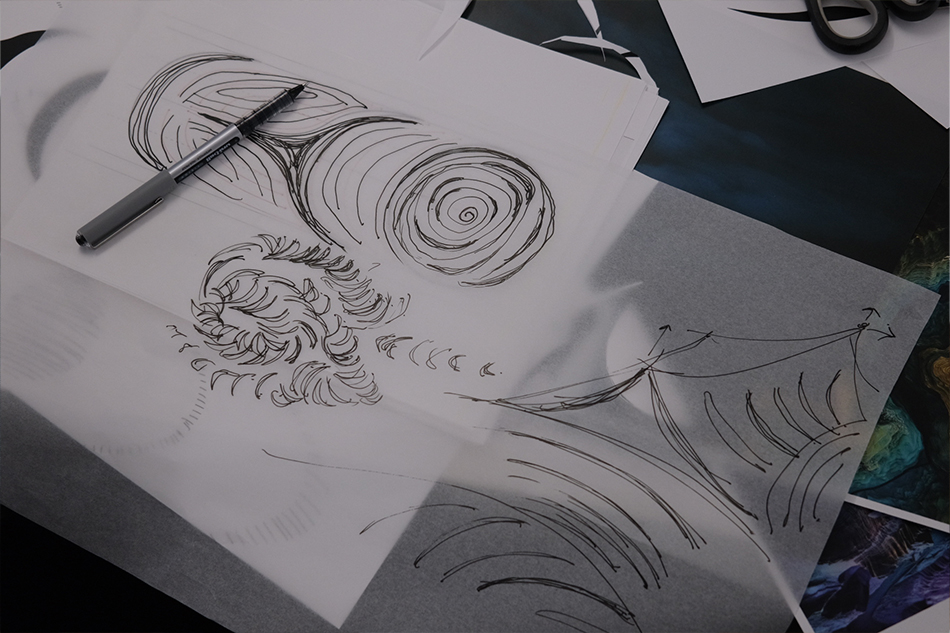
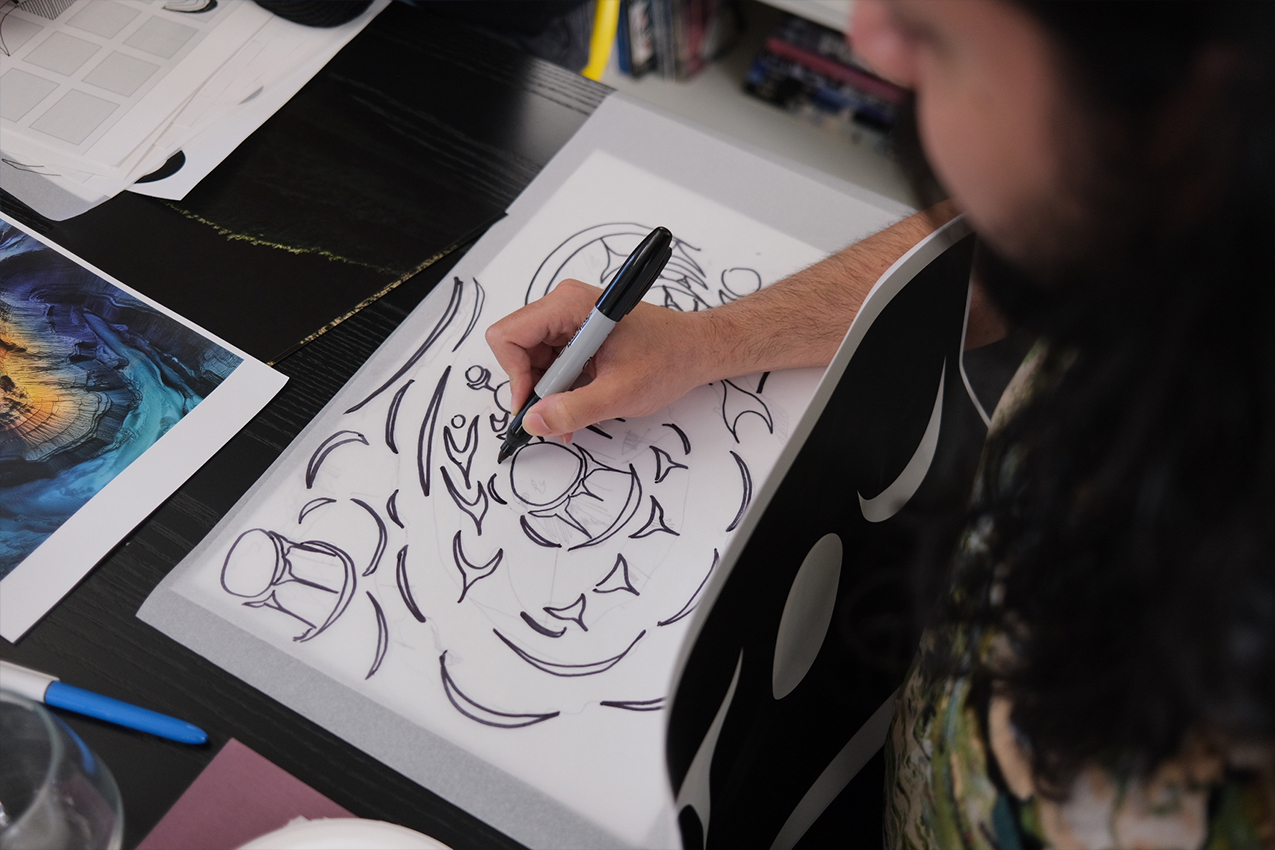
James investigated how to transcend the human scale through materials and create an experience of time that stretches beyond the ordinary. Collaborating with the hcma team in our materials library, working through sketches, digital renderings, and 3D printing, he planned to create a small-scale model of a monumental land-based gesture.
In his workshop with hcma-ers in our Vancouver studio, James took the opportunity to connect us with Indigenous ways of knowing, and to reflect on how energy, movement, space, and time appear in Coast Salish design. Together, we reflected on how land-based thinking might be centered in our practice, and how this wisdom could shape more meaningful design responses. James offered insights into how he allows his work to be shaped by ancestral knowledge—a process of revelation guided by the converging dimensions of time.
Through this residency, James hoped to set a precedent for partnership between Indigenous and non-Indigenous artists and architects. Reconnecting disciplines that were once inseparable in Sḵwx̱wú7mesh culture, his work fosters a meaningful integration of Coast Salish design and knowledge into contemporary architecture.

